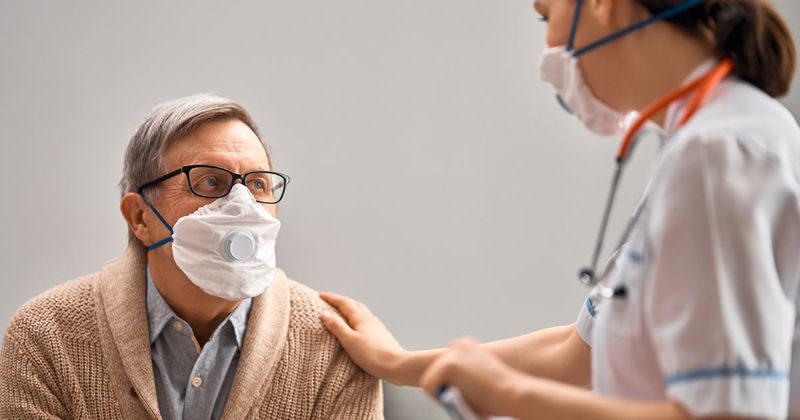'Avoid cold and reduce stress' to minimize risk for Raynaud’s phenomenon
Avoiding cold and reducing stress are key to minimizing Raynaud’s phenomenon events, while “good, generic wound care” can be effective in even the most complicated cases, according to a presenter at the 2021 Congress of Clinical Rheumatology-West.
“My first question when a patient comes in and they think they have Raynaud’s is: do you feel sensitive to the cold?” Laura K. Hummers, MD, clinical director of the division of rheumatology at Johns Hopkins University, said in her presentation. “Then I ask if their fingers turn colors in the cold.”

The color she described is a “sharply demarcated pallor.” However, if the patient also has a history of Raynaud’s, it is a key risk factor.
Digging deeper into the complications of Raynaud’s, Hummers said that the phenomenon is “almost always” distal to the proximal interphalangeal (PIP) joint, and usually distal to the distal interphalangeal (DIP) joint. “It is usually at the tip of the finger,” she said.

Digital pits may occur in one of two situations, according to Hummers. One is at the site of a previous ulcer, while the other is a manifestation that is just a pit. “When it is just a pit, it is milder, more superficial event,” she said.
Traumatic ulcers occur most commonly over the PIP joints, but they may also occur at the metacarpophalangeal (MCP) joints or even the elbows, according to Hummers. “This is not a primary ischemic event like you see at the tips of the fingers,” she said. “There is not a specific blood vessel narrowing ischemic event that leads to these. Mostly it is mechanical factors that lead to this.”
Fingers with traumatic ulcers are vulnerable to bumps and bruises and can be difficult to heal. That said, Hummers recommended a “minimalist” approach to healing them, with topical antibiotics and protective pads with gel on the inside to cover the joints. “Just good generic wound care for these and they will eventually heal most of the time,” she said. “But sometimes they can be quite difficult.”
Hummers added that about 20% to 30% of cases can include calcinosis of the fingertips. “This often gets confused with digital ischemic ulcerations,” she said.
In terms of risk factors, Hummers said that some 10% of patients may experience severe Raynaud’s resulting in gangrene or amputation. Large vessel involvement also puts patients at higher risk for long disease duration, as can the presence of other vascular diseases or hypertension.
However, she was clear which patients are at the greatest risk for Raynaud’s phenomenon. “The single greatest risk factor for having an ulcer is having a previous ulcer,” she said.
For management, Hummers encouraged patients to start simply. “I tell all my patients to avoid cold and reduce stress,” she said.
Keeping the cold at bay should include not only warm gloves, socks and shoes, but layers on the body and hats and scarves, as well. “Patients do worse in temperature changes and fluctuations,” she said, noting that she sees an increasing number of patients when summer turns to fall.
Drugs may also induce Raynaud’s phenomenon, according to Hummers. Chemotherapeutic agents can be problematic, as can over-the-counter cold medications like Sudafed. Some drugs to treat conditions ranging from migraine headaches to attention deficit hyperactivity disorder (ADHD) can have some vasoconstrictions.
Beyond avoiding cold and reducing stress, patients may benefit from dihydropyridine CCB, amlodipine (Norvasc, Viatris) at a dosing range of 2.5 mg to 10 mg daily, felodipine at the same dosing range or nifedipine at 30 mg-120 mg daily. “I would start any of these calcium channel blockers as first-line therapy in these patients,” she said. “I leave it up to my patients to decide whether they need therapy.”
For more severe patients, adding a prostacyclin analog or Botox injections or both may have utility, as may infusion of epoprostenol or iloprost, according to Hummers.

